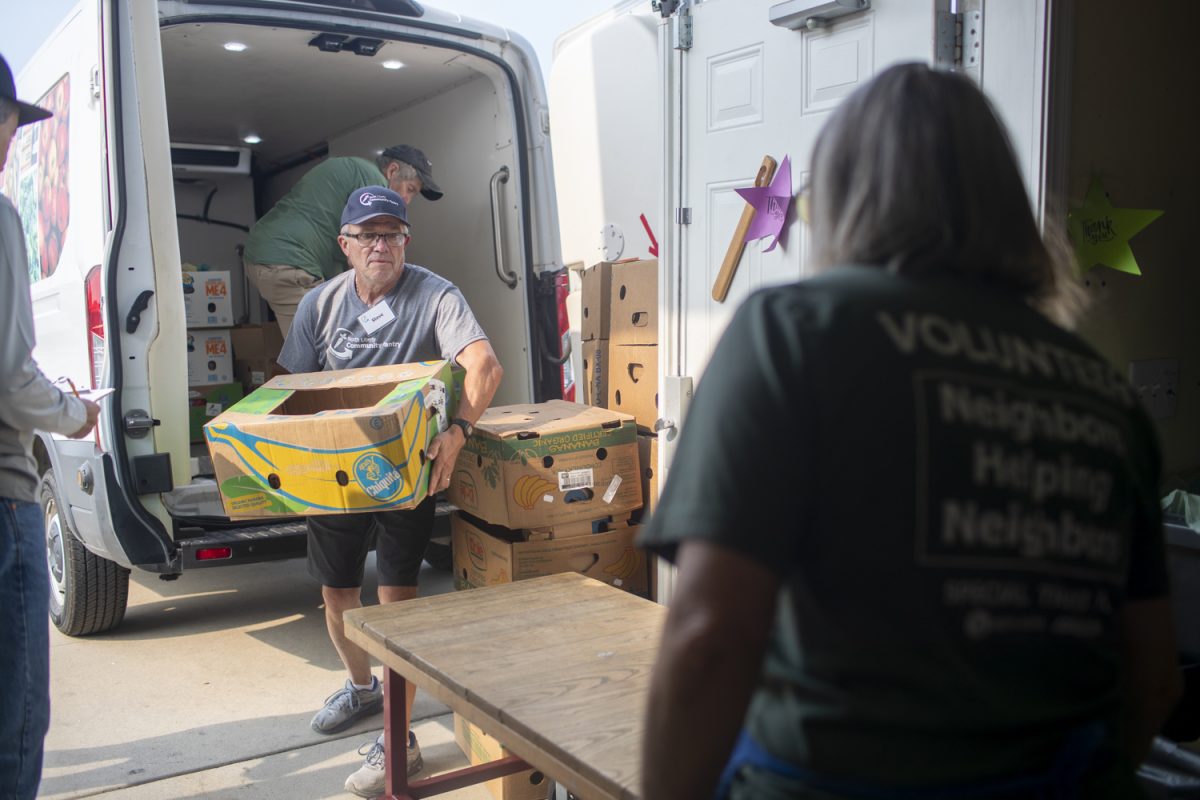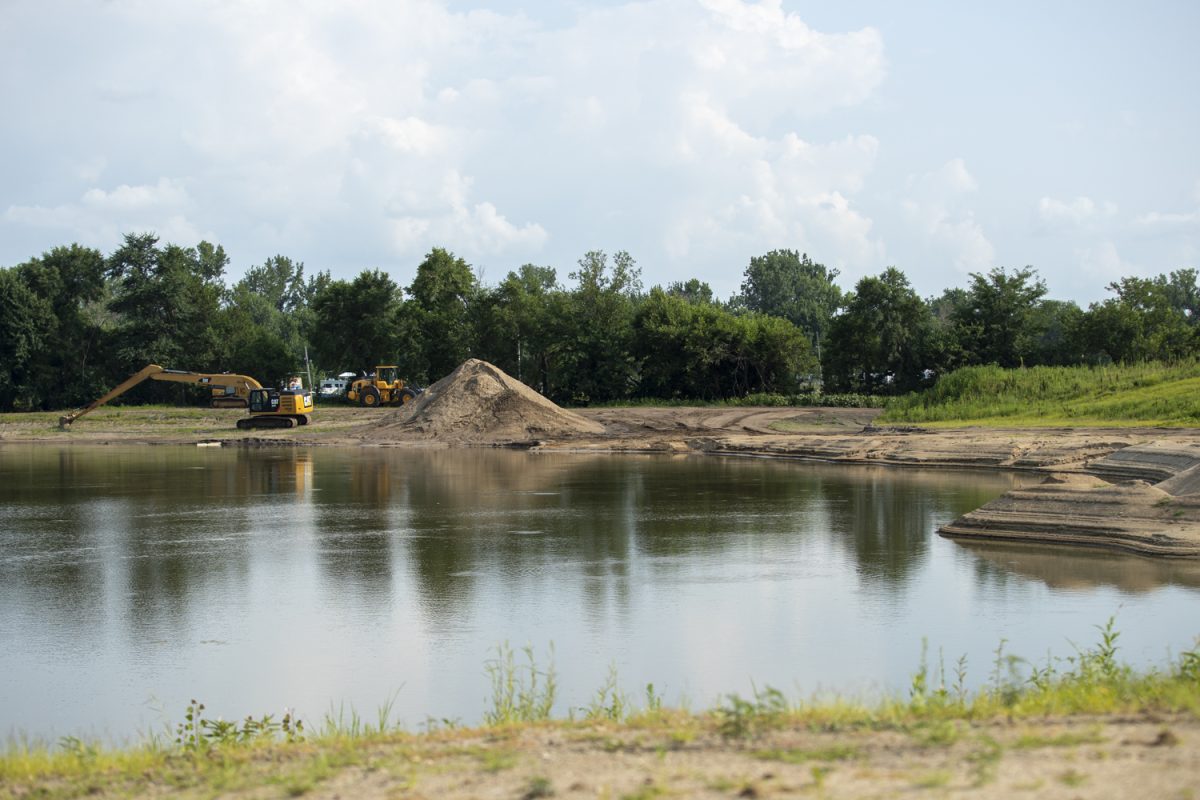Administrators at the Iowa School for the Deaf said they want to continue to accommodate students from other states until their classrooms are full.
Located in Council Bluffs, the school has plenty of room for more students, said Duperintendent Jeanne Prickett.
Nebraska pupils have taken advantage of that space for more than 10 years. The school for hearing-impaired students in Nebraska closed in 1998, leaving faculty to recommend Iowa School for the Deaf as an ideal alternative because of its proximity.
Since that time, Prickett said, many Nebraska families have moved to Iowa just so their children could attend.
This year, 110 students are enrolled in Iowa’s school, 16 of whom come from Nebraska. However, the facility is still operating at about two-thirds capacity and could accommodate 50 more students.
The school was originally built in 1870, a time when such diseases as measles sent 400 students to the facility, said Prickett.
“There were a lot more kids with hearing disabilities then,” she said.
Future potential students will enjoy a classroom atmosphere conducive to one-on-one learning, officials said.
Classes typically range from 10 to 12 students, unless there are kids with greater disabilities.
“Then we can downsize to two students with two adults supervising,” Prickett said.
UI senior Brittani Robertson, the president of UI American Sign Language Club, said it’s crucial for deaf students to be around people who can communicate through their own language.
“It’s important for those kids to build a strong foundation with people who understand them fully,” she said.
The Council Bluffs institution also has one feature unique to a non-collegiate school.
“We have dorms, which regular [public] schools don’t have,” Prickett said.
While the school teaches students from 18 months to 21 years old, the dormitories are available to those age 8 and over. “Dorm parents” are trained to work and stay with residents, checking on them regularly through the night, Prickett said.
And a 24-hour health-care center on campus caters to the students’ medical needs.
Prickett said teachers who provide direct service to children all have a high level of sign language proficiency, so they can interact directly with the students.
“Individualizing is what we’re all about,” she said.






